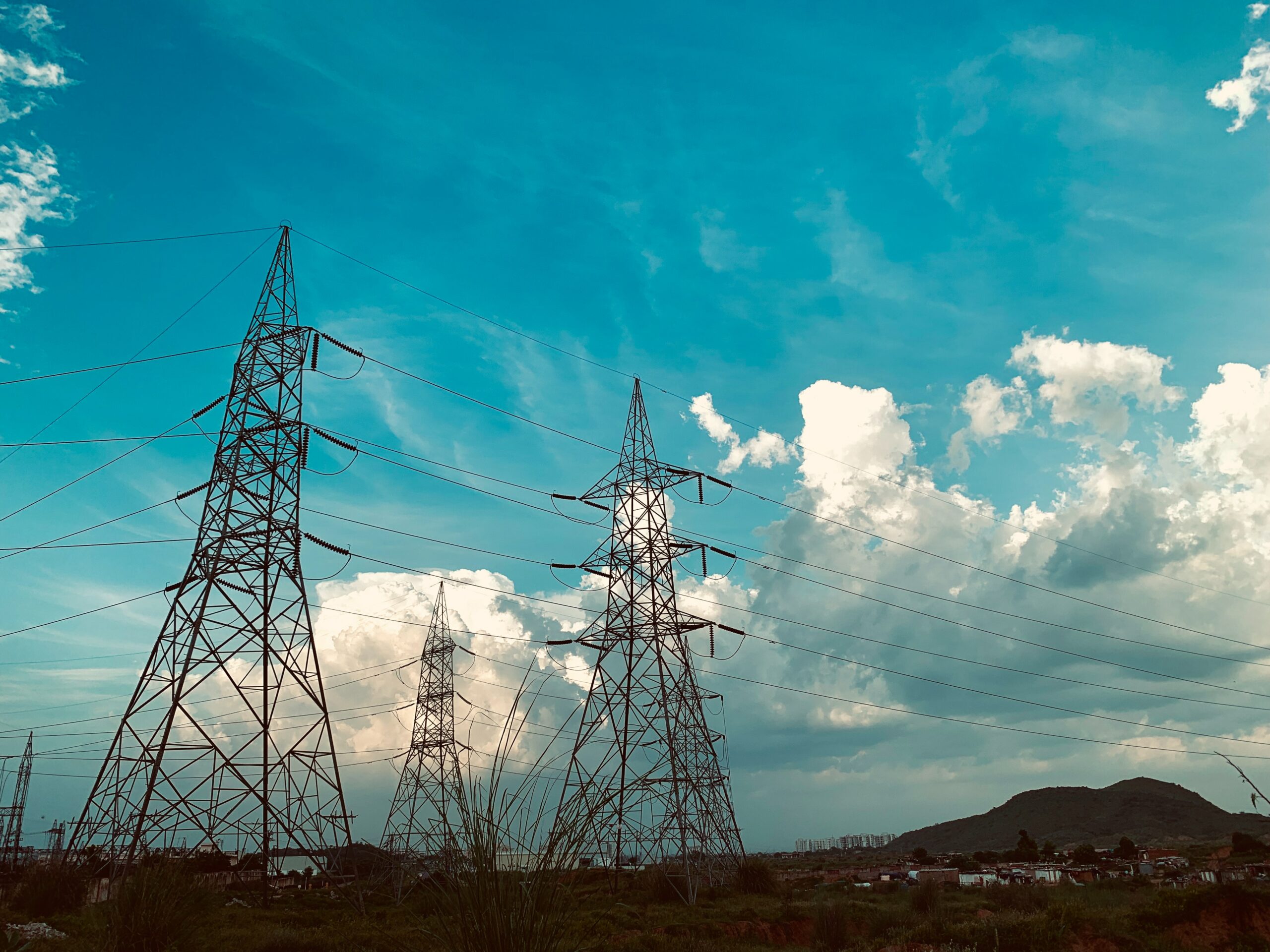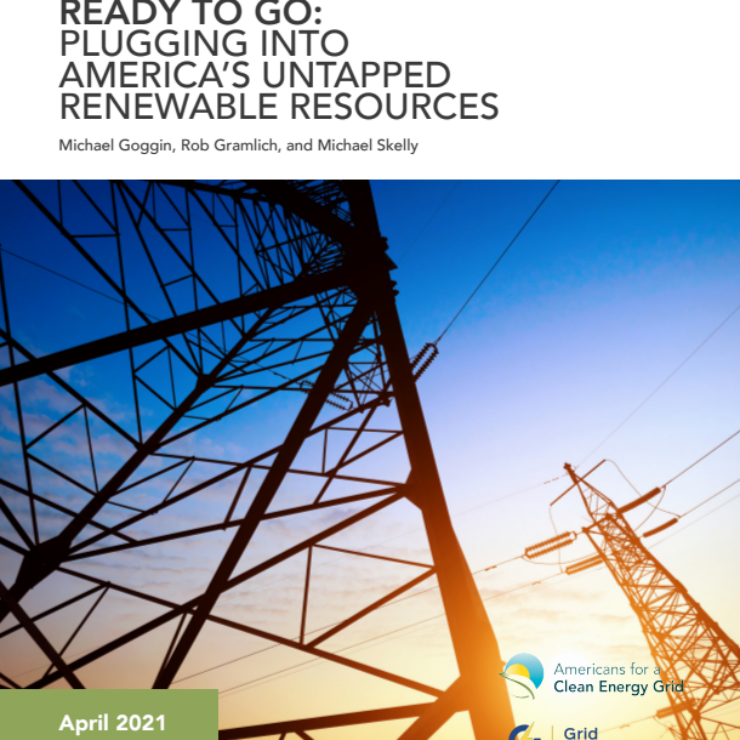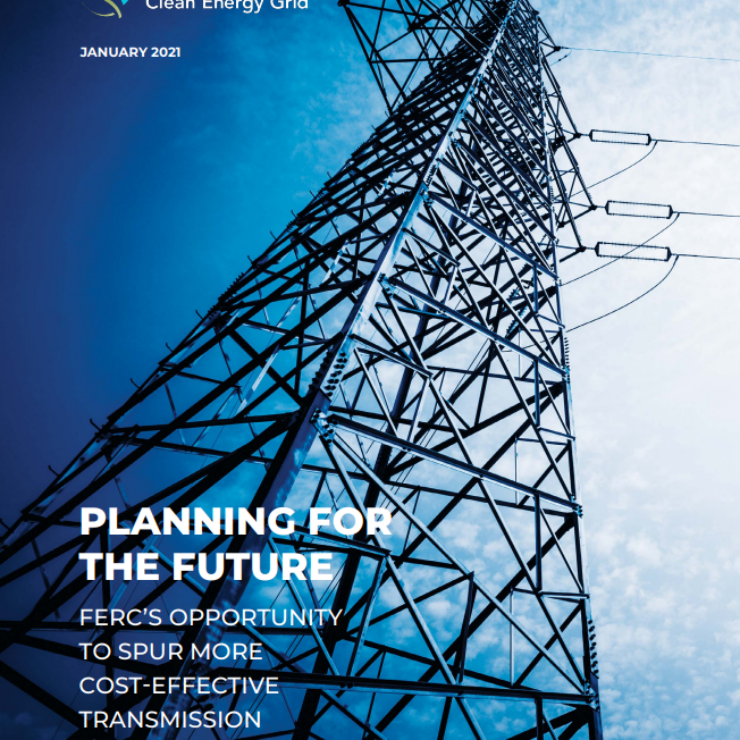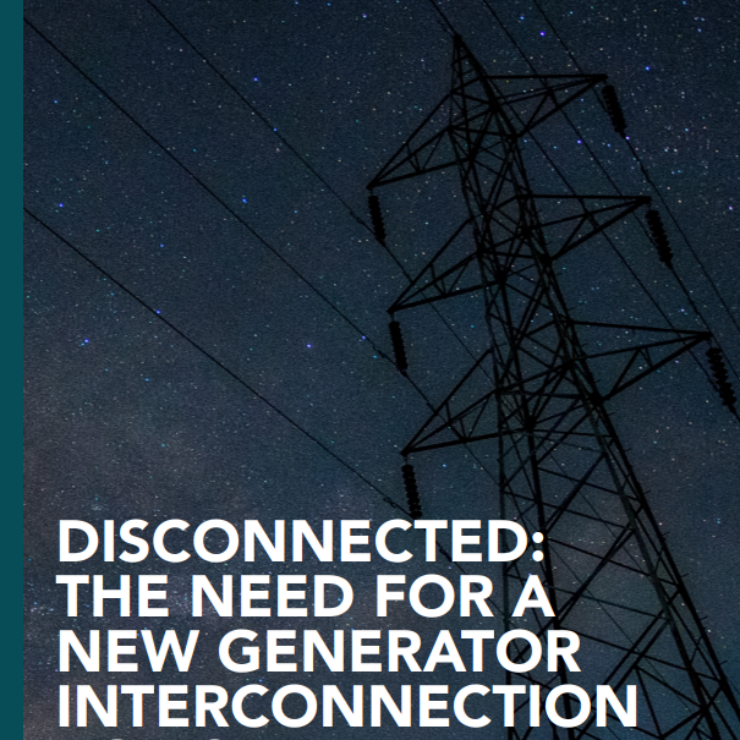Author
Michael GogginSponsors
Prepared for ACORE with support from the Macro Grid Initiativepublished
July 2021Executive Summary
Washington, D.C. (July 22, 2021) – Each additional gigawatt (GW) of transmission capacity connecting the Texas power grid (ERCOT) with neighboring states in the Southeast could have saved nearly $1 billion and kept the heat on for approximately 200,000 Texas homes during Winter Storm Uri in February of 2021, according to a new report released today by the American Council on Renewable Energy (ACORE). The report, Transmission Makes the Power System Resilient to Extreme Weather, details the value additional transmission would have provided during five severe weather events in Texas, the Northeast and the Midwest between 2014 and 2021.
The report found that additional transmission ties would have generated significant cost savings for consumers and reduced outages during recent extreme weather events by canceling out local fluctuations in the supply and demand of electricity and providing alternative sources of power in an emergency.
Key findings include:
- February 2021 Winter Storm Uri – Each additional GW of transmission ties between ERCOT and the Southeastern U.S. could have saved nearly $1 billion, while keeping the heat on for hundreds of thousands of Texans. Other parts of the Central U.S. also could have avoided power outages while saving consumers over $100 million.
- Texas heat wave in August 2019 – Each additional GW of transmission ties between ERCOT and the Southeastern U.S. could have saved consumers nearly $75 million.
- The “Bomb Cyclone” cold snap across the Northeast in December 2017-January 2018 – Each additional GW of interregional transmission ties could have saved New England, New York, and the Mid-Atlantic regions $30-40 million each.
- The January 2014 “polar vortex” event in the Northeast – Greater transmission ties among New England, New York, and the Mid-Atlantic region could have saved consumers tens of millions of dollars and prevented reliability concerns.
- The “polar vortex” event in the Midwest in 2019 – An additional 1 GW of transmission between MISO and PJM would have saved around $2.4 million, evenly split between the regions.




